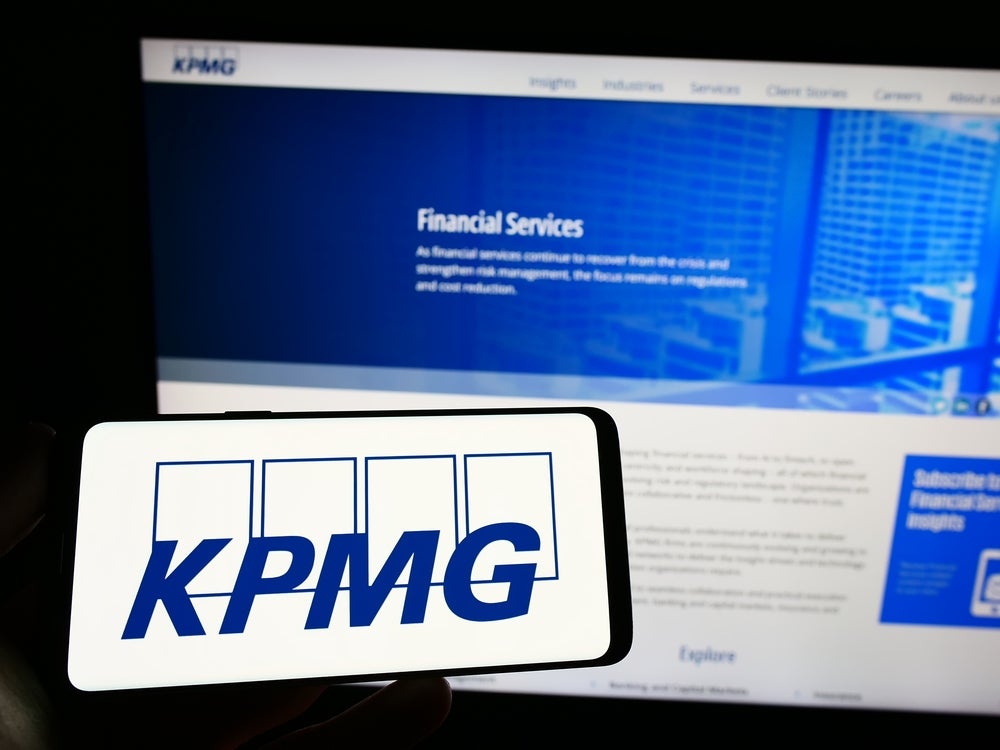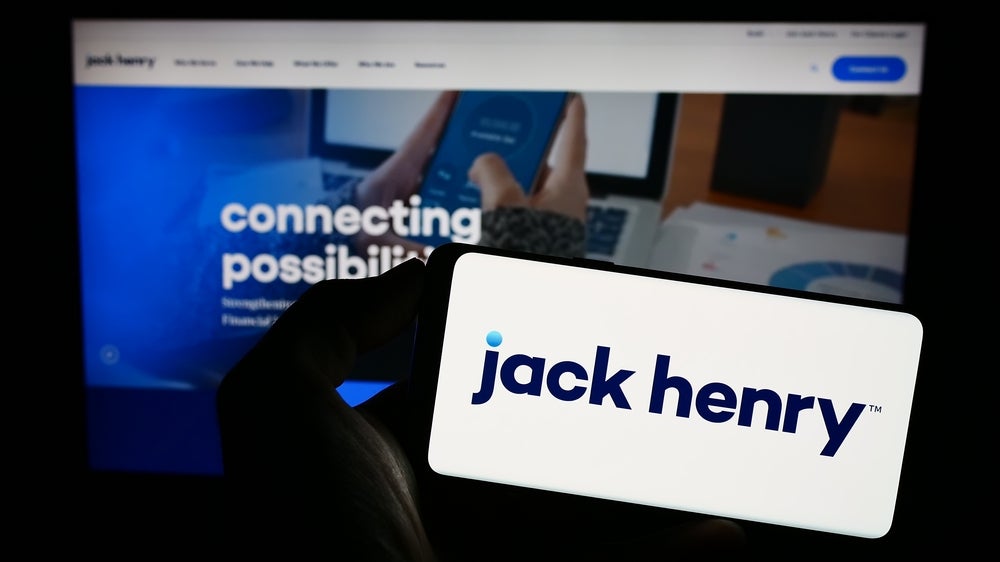Umpqua Bank, the 162-branch-strong Oregon-based regional
lender, has acquired a failed Seattle bank and boosted its capital
base following a successful stock offering. Despite posting a loss
in 2009, it is turning the corner following a challenging period
and may be looking for more deals. Charles Davis reports.
Umpqua Bank, the Oregon-based
regional community bank, is set for further growth, following an
upbeat assessment of its prospects by charismatic CEO Ray
Davis.
Umpqua kicked off the New Year with the
January acquisition of the failed Evergreen Bank, closed by the
Washington Department of Financial Institutions and sold in a deal
orchestrated by the Federal Deposit Insurance Corporation
(FDIC).
The acquisition of Evergreen Bank’s seven
Seattle area branches (rebranded under the Umpqua banner on 25
January) expanded Umpqua’s presence in the Seattle area to nine
outlets.
 Lani Hayward, executive vice president of Umpqua’s Creative
Lani Hayward, executive vice president of Umpqua’s Creative
Strategy Group told RBI that unlike the bank’s first foray into
FDIC-assisted deal-making, the Evergreen deal went through
relatively calmly.
How well do you really know your competitors?
Access the most comprehensive Company Profiles on the market, powered by GlobalData. Save hours of research. Gain competitive edge.

Thank you!
Your download email will arrive shortly
Not ready to buy yet? Download a free sample
We are confident about the unique quality of our Company Profiles. However, we want you to make the most beneficial decision for your business, so we offer a free sample that you can download by submitting the below form
By GlobalData“Our first FDIC deal was literally a ‘we need
your help, we’re closing a bank on Friday’ kind of deal,” Hayward
said. “These days there is a list of banks out there that are
deeply troubled and their management is very well aware of their
status and there is a formal bidding process. So we put our hat in
the ring on Evergreen, and a couple of others which we didn’t get.
You may see others like that in the coming months from us.”
Hayward said the deal was far calmer than it
could have been.
“That weekend, we potentially could have won
three bids for banks, and so we had teams assembled for each, and
we planned all autumn for such a deal,” Hayward said.
“It is not a cookie-cutter process, but we had
it down pat and we were ready for all three deals, so when it
become Evergreen only, it was pretty straightforward.”
Like many other failed US banks, Evergreen
Bank had accumulated large loan losses in its real estate
construction and development portfolio, according to the FDIC. As
of 30 September Evergreen Bank had about $488.5 million in assets
and $439.4 million in deposits, according to the FDIC, which
estimates that the cost of the takeover to the Deposit Insurance
Fund will be $64.2 million.
Umpqua Bank will not pay the FDIC cash to
acquire the bank, but it will pay a 1 percent premium to assume all
the bank’s deposits, according to the FDIC. The bank has also
signed a loss-share agreement on $379.5 million of Evergreen’s
assets.
Umpqua will write-down Evergreen’s immediate
losses and the FDIC will reimburse the bank for 80 percent of any
further losses, up to the estimated cost to the FDIC insurance
fund.
For his part, Davis told local media: “Of all
the institutions we’ve looked at, this one is in the greatest
shape. Their problems were different. Their investment portfolio
weakened them. I’ll make a prediction: This will be the best deal
we ever made.”
Umpqua is an old hand at integrating such
deals. When Ray Davis was appointed as president of the bank in
1994, he inherited a bank comprising six branches and a business
with a modest market capitalisation of $18 million and operating in
what he termed “a very unfriendly environment”.
Since then the bank has completed nine
acquisitions, such as the 2002 deal to snap up Centennial Bancorp,
which at the time of acquisition had 22 branches in Oregon. In 2004
it bought Humboldt Bancorp, including its 27 branches in Northern
California.
The 2006 deal to buy Western Sierra Bancorp
and its 31 branches in California followed.
It has also closed one other FDIC deal – the
January 2009 acquisition of about $30 million in assets and roughly
$116 million in deposits of Vancouver, Washington-based Bank of
Clark County. By the end of 2009, Umpqua’s branch network had grown
to 162 units.
Davis has argued that Umpqua could not win a
marketing expenditure battle with larger financial institutions and
dismissed bank products as the way for the bank to differentiate
itself.
Instead, Umpqua set about changing the way the
bank’s services were made available to the customer.
The bank sought new ideas from companies such
as Nike, Ritz-Carlton and Disney, and the concept of branches
becoming ‘bank stores’ – assimilating the look and sales emphasis
of retail outlets and since copied around the world – was born.
The bank followed an approach designed to
integrate customer experience and build Umpqua as a lifestyle
brand.
Umpqua stores were designed to be community
gathering points with stores offering yoga classes and showing
movies on a Friday night.
The bank’s aim is to integrate the branches
into the neighbourhood, in the same way that cafés are, providing
residents and visitors with a friendly environment in which to
browse local merchandise, learn about community events and do their
banking.
Part internet café, part community centre,
Umpqua stores also allow customers and non-customers to come in and
check their e-mail. The bank even has its own brand of coffee on
sale in its stores. The result has been an extension of the bank
brand into the retail mainstream.
Future deals
Its February stock offering will
bolster the ability to make deals in the future. Umpqua priced an
offering of 7.5 million shares of common stock and 16.5 million
depository shares, all at $11 each, for gross proceeds of $264
million. The depository shares can ultimately be converted into
common stock.
 The new
The new
capital may be used to fund acquisition opportunities similar to
the Evergreen deal and follows an August 2009 stock sale which
raised $259 million.
The capital also helped fund the repayment,
announced on 17 February, of its $214 million in Troubled Asset
Relief Programme (TARP) borrowings.
“Umpqua was asked to participate in [TARP]
because of our position as one of the strongest financial
institutions in the country. It was an opportunity to support the
communities we serve with robust lending that helped stimulate our
local economies at a crucial time,” said Davis.
“We have done just that, originating more than
$1.7 billion in loans and assuming the operations of two failed
banks since January 2009. As the economy improves, we have reached
an agreement with bank regulators on this redemption, confirming
the capital and liquidity strength of Umpqua.”
Umpqua could target acquisitions from Northern
California to Washington State’s Puget Sound area, and its efforts
could be assisted by continued FDIC involvement with troubled banks
in the region. No one anticipates a slowdown in failures anytime
soon, especially in hard-hit Northern California, where
mortgage-related troubles dog dozens of banks.
“We are looking for strategic fill-in of our
existing footprint,” Hayward said.
“We see the plight of Washington Mutual up in
Washington as a real game changer, and we compete with Chase up in
Washington, but they are seen as a large corporate Wall Street
bank, and there is a real attitude up there about keeping business
locally oriented, so we think moving into Washington is well
timed,” she added.
Hayward said Umpqua now has 78 locations in
California, and added that the bank would be looking for ways to
increase that number, particularly in the Sacramento area.
“Out of our retail footprint, we don’t see any
real need – we won’t shut our eyes to deals, but we have a sense of
place. And we have a mood, a vision for the bank, a differentiated
delivery, which seems ideally suited to the Pacific Northwest,” she
said.
Umpqua currently has five new ‘neighbourhood
stores’ under development in the Portland market. These locations,
just 1500 feet square feet or so, allow Umpqua to deploy in key
metro area locations.
The new neighbourhood stores will integrate
into established neighbourhoods like cafés, providing residents and
visitors with an engaging space to browse local merchandise, enjoy
a cup of coffee, learn about community events and resources, and do
their banking.
“We really like being embedded in urban
lifestyle centres, where we can become a part of the community and
build out the retail market in a two- to three-mile radius,”
Hayward said.
“We continue to see sites that we don’t want
to pass up, and these smaller stores allow us to fit in just about
anywhere.”
The opportunistic Umpqua may not stop at
filling in that footprint, Hayward said.
“The last couple of years we spent a lot of
time responding to events on the ground, and we had a customer base
that wanted us to be proactive about FDIC insurance and our loan
situation,” she said.
“I have no doubt we gained customers during
that time based solely on how transparent we were. Now we are
moving back in to pretty heavy marketing and sales-oriented growth
mode.”
Umpqua slips to full-year loss of
$153m
Umpqua Bank reported a full-year net
loss of $153.4 million in 2009, compared with net profits of $51
million in fiscal 2008.
Total deposits increased by 13 percent to
$7.44 billion while net loans declined by 2 percent to $5.92
billion. Provisions for loan losses soared by 94 percent to $209.1
million.
The bank maintained a stead net interest
margin (up 2 basis points at 4.09 percent); the bank’s capital
position improved with its Tier 1 Capital Ratio increasing by 254
basis points from 13.37 percent to 15.91 percent.
Non-performing assets were $223.6 million, or
2.38 percent of total assets, at the end of December 2009, compared
to $161.3 million, or 1.88 percent of total assets at the end of
2008.
“During the [fourth] quarter the company
experienced the continuation of core deposit growth, strong results
from our residential mortgage lending division, and a steady net
interest margin,” said Ray Davis, Umpqua president and CEO.
“Unfortunately these successes have been
overshadowed by continued earnings pressure from our credit quality
numbers resulting in a loss for the period due to economic issues
that have plagued our industry for the last several years.
“Our management team continues to actively
deal with troubled credits and is focused on returning the company
to normalised earnings, as the country emerges from the national
recession.”







